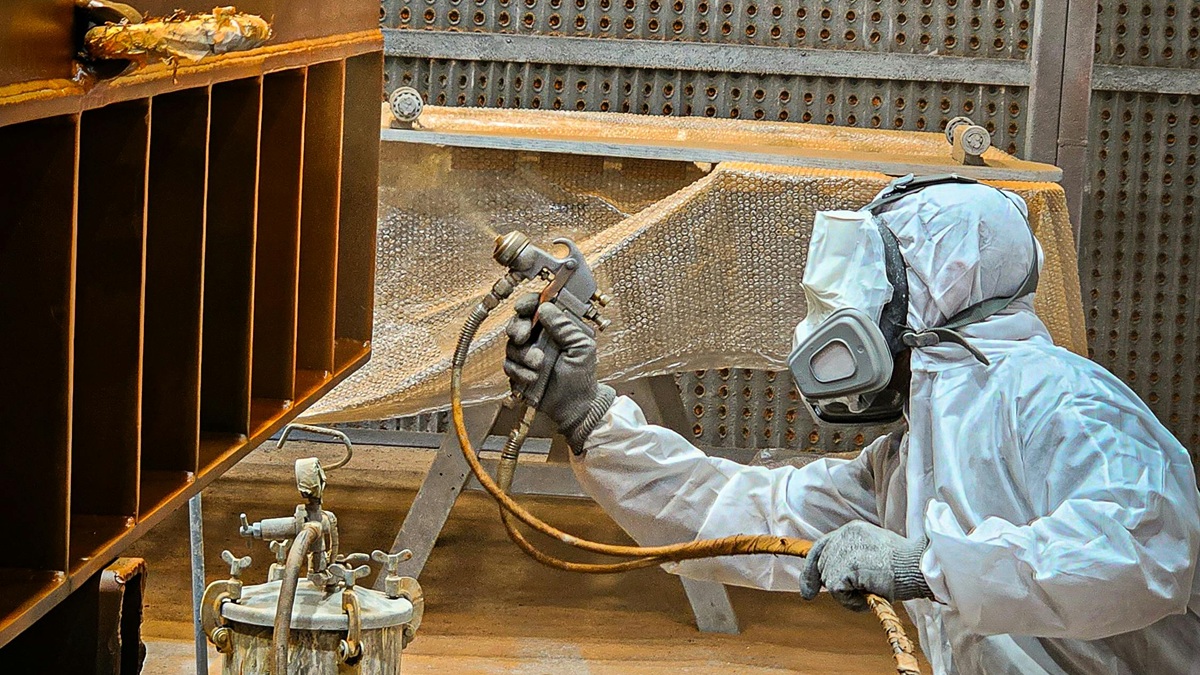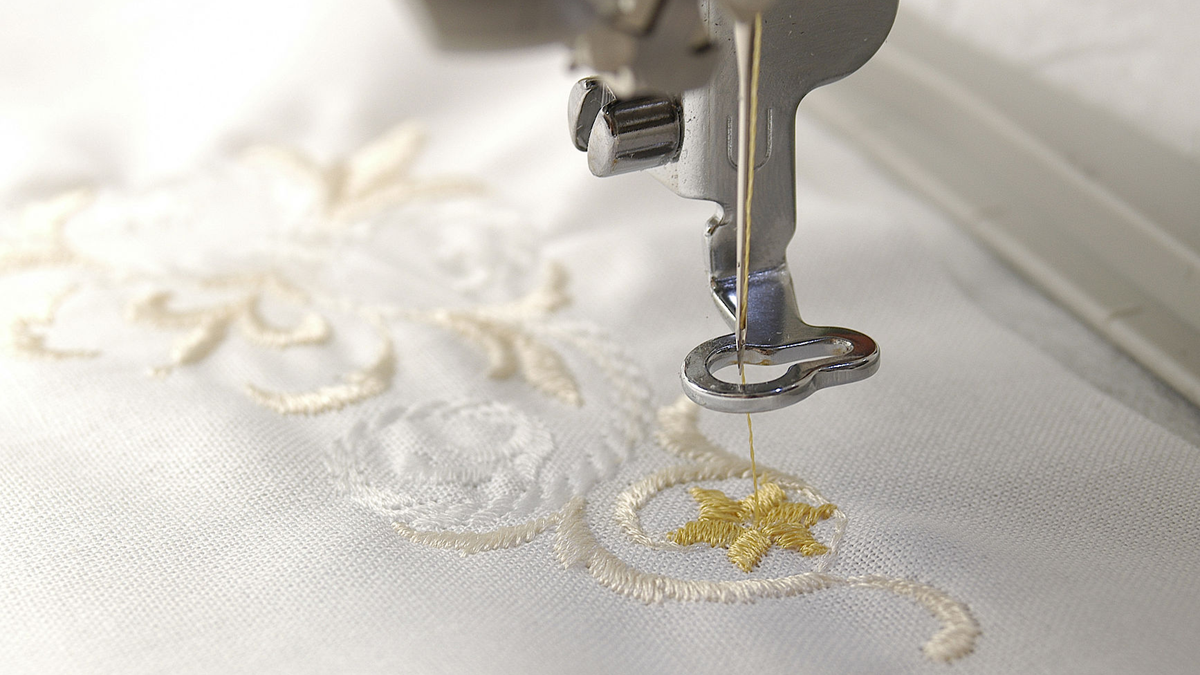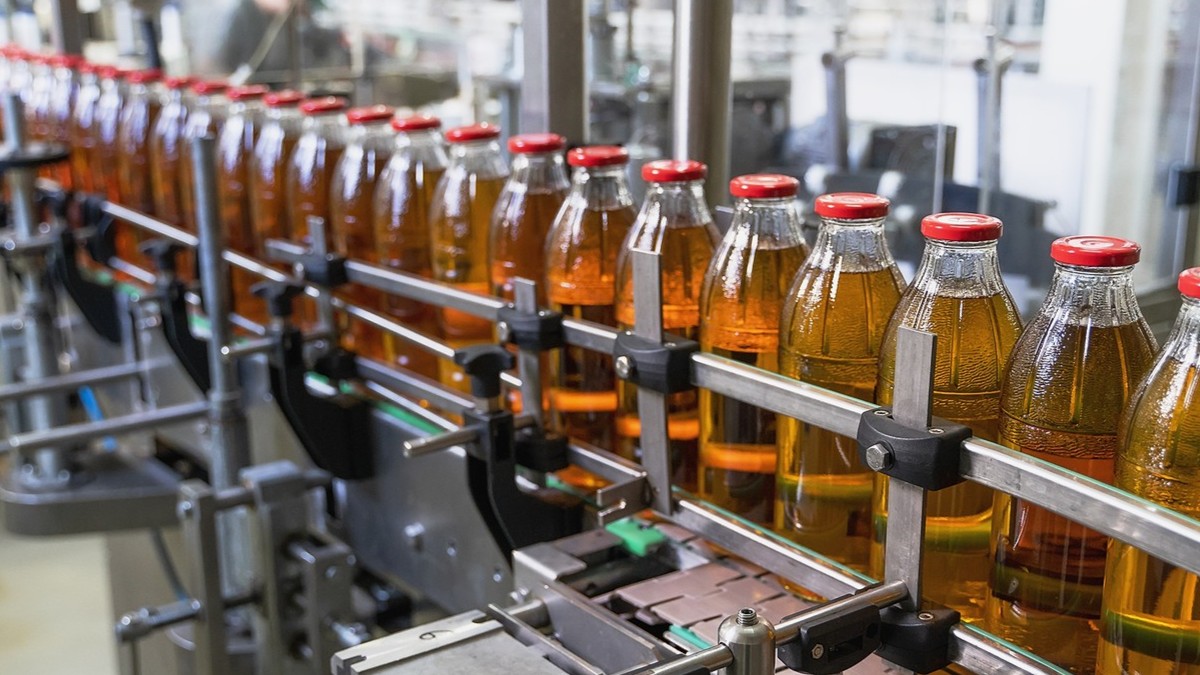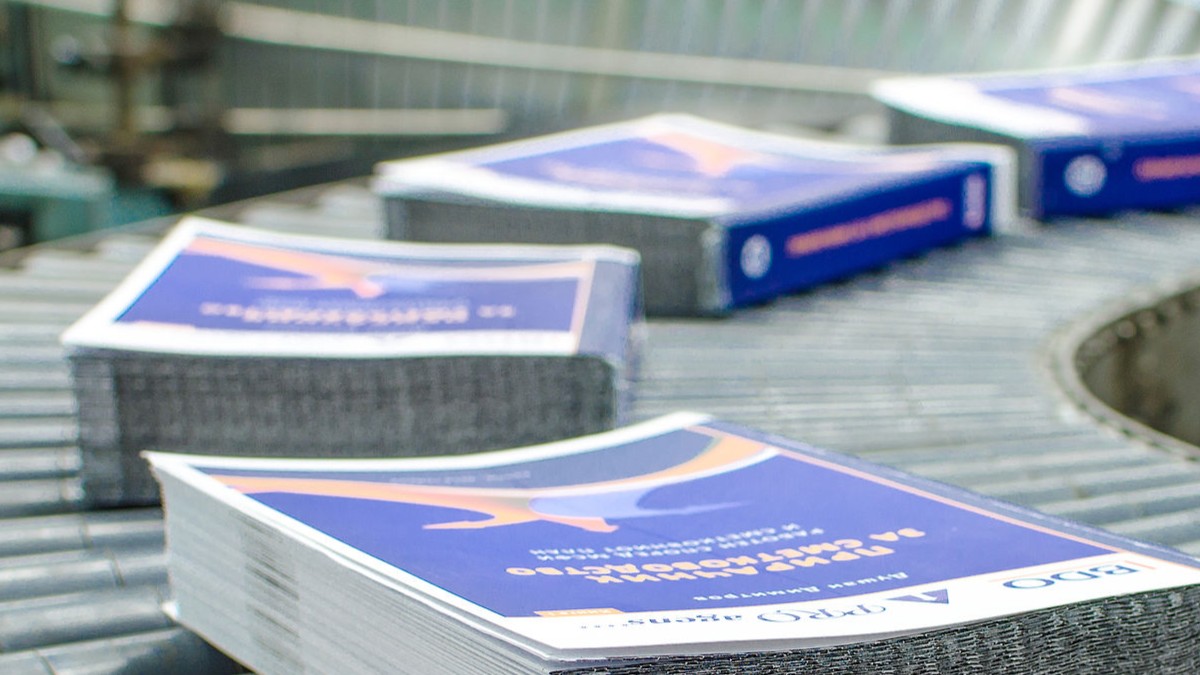With global efforts toward environmental sustainability and net-zero carbon targets accelerating, the manufacturing sector is undergoing a rapid green transformation, seeking new technologies to reduce energy consumption and minimize waste. Traditional manufacturing methods, with their high energy demands and significant waste generation, place heavy pressure on the environment. Modern turn-mill composite machining technology—through high-rigidity design and intelligent energy management systems—can effectively lower per-part processing energy consumption by around 10%, improve efficiency, and reduce equipment footprint to shrink the carbon footprint. Advanced energy-saving variable-frequency control combined with intelligent cooling and real-time process monitoring enables low-carbon manufacturing while improving yield, helping manufacturers achieve net-zero goals without compromising competitiveness. These innovations are setting a new benchmark for green, intelligent manufacturing, driving the sustainable development of global industry.
Environmental Advantages of Turn-Mill Composite Machining
1. Improved Processing Efficiency & Reduced Energy Consumption
By integrating turning and milling functions into a single machine, turn-mill composite technology significantly reduces machine changeovers and workpiece transfers, shortening production cycles and cutting energy use.
2. Reduced Cutting Fluid Use & Waste Generation
Precise cutting parameter control and high-rigidity tool holder design reduce cutting fluid usage and improve material utilization, minimizing waste at the source.
3. Extended Tool Life & Reduced Resource Waste
The technology extends tool life, reducing replacement frequency and consumption, thereby lowering resource waste and environmental impact.
Data & Case Highlights
Multi-tasking mill-turn machining, combined with advanced multi-axis technology and intelligent energy management, effectively reduces machine changeovers and workpiece handling time, thereby shortening production cycles while enhancing precision and efficiency. With smart energy monitoring, automatic shutdown of idle equipment, energy-saving hydraulic systems, and advanced variable-frequency cooling control, overall energy consumption can be reduced by approximately 20.6% to 56%, significantly cutting carbon emissions. In practice, five-axis machining can boost the production efficiency of complex parts by up to 50%, while improving material utilization and reducing waste. Furthermore, intelligent load-balancing tool systems can extend tool life by around 40%, minimizing resource consumption and highlighting the remarkable advantages of mill-turn machines in sustainable manufacturing and high-performance production.
Corporate Practices & Achievements
DuPont
In its sustainability report, DuPont stated that by helping customers reduce energy use and greenhouse gas emissions, related subsidiaries generated USD 1.6 billion in revenue—demonstrating the positive economic impact of environmental measures.
PackAge+
PackAge+ promotes a reusable packaging system, partnering with over 80 e-commerce brands and 4,500 retail channels across Taiwan, reducing more than 80 million pieces of online shopping packaging waste annually, becoming a pioneer in Taiwan’s green e-commerce sector.
Conclusion
As global environmental awareness rises and policies continue to tighten, turn-mill composite machining technology will become a core enabler of the manufacturing industry’s green transformation. By streamlining processing workflows, companies can boost productivity, shorten cycles, and significantly reduce energy and material waste—driving sustainable resource utilization. Proactively adopting this technology not only helps companies lower their carbon footprint and production costs but also aligns with international green manufacturing standards. Looking ahead, as intelligent and digital technologies further integrate, turn-mill composite machining will lead the industry into a new era of high-efficiency, eco-friendly, and sustainable manufacturing.



.jpg)










.jpg)